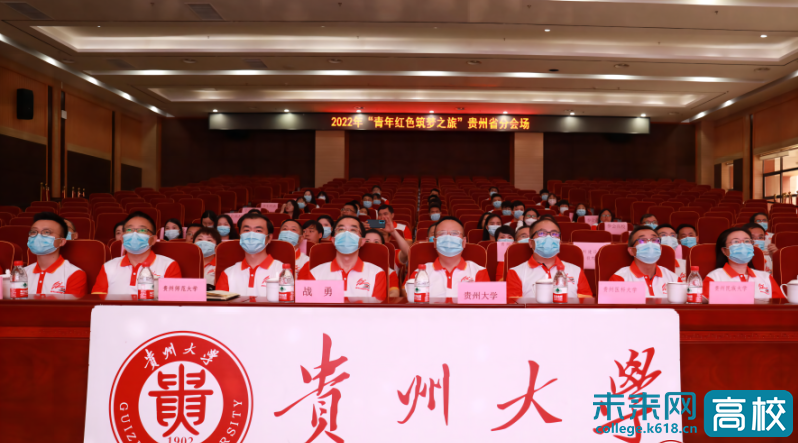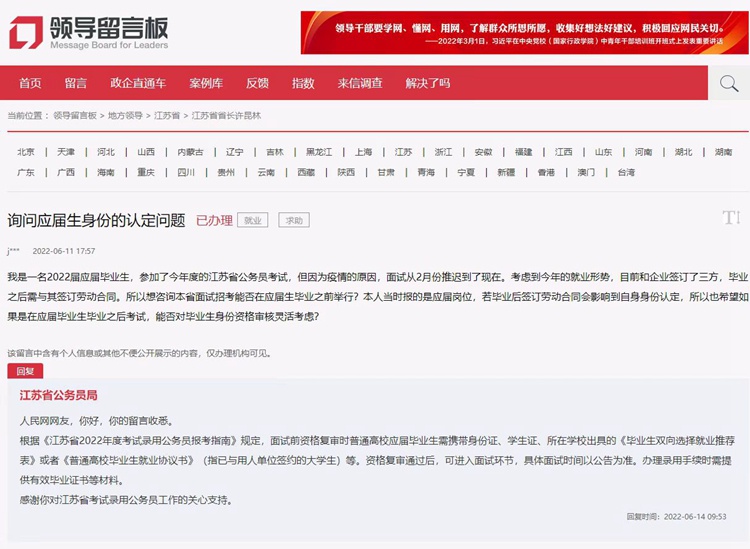Submit some professional and technical personnel professional qualification examination qualification standards!Authoritative interpretation
Author:Human Resources and Social Sec Time:2022.07.01
Recently, the Ministry of Human Resources and Social Security issued the "Notice on the Equation of the Occupational Qualification Examination of some professional and technical personnel" (hereinafter referred to as the "Notice"). The person in charge of the Professional and Technical Management Department of the Ministry of Human Resources and Social Security answered questions from reporters on the relevant questions.

What is the background and process issued by the "Notice"?
answer:
In 2019, in order to increase policy tilt towards difficult and remote areas, our ministry carried out a pilot work for qualified standards for professional qualification examinations, and for some vocational qualification examinations, 6 in Sichuan, Yunnan, Tibet, Gansu, Qinghai, Xinjiang, etc. The provincial (autonomous region) pilot pilot regulations set the qualified standards separately. The pilot work has ended at the end of 2021 and has achieved positive results.
In order to thoroughly implement the decision -making and deployment of the Party Central Committee and the State Council on the achievement of the effective connection of the same rural rejuvenation and effective connection of poverty alleviation, our ministry, in conjunction with the relevant industry authorities, carefully summarized and conducted in -depth research, formulated an upgraded version of the separate line policy. Repeatedly modified and improved, recently issued and will be implemented from January 1, 2023.

What are the results of the pilot work of separate lines since 2019?
answer:
Over the past three years, the "separate line" work has fully mobilized the enthusiasm and initiative of grass -roots talents in the difficult and remote areas, providing a strong starting point for retaining the use of local talents, and obtained widespread support from local professional and technical talents.
The first is to effectively increase the supply of talents and solve the problem of "lack". In the past three years, a total of 32,000 people have obtained their professional qualifications through separate lines, which has increased by 164%over separate lines, effectively alleviating the needs of professional and technical personnel in the grassroots, especially in difficult and remote areas, and improved the medical and health level in the distant and remote areas. 2. Social service guarantee capabilities have cultivated a professional and technical talent team that can be used at the grassroots level.
The second is to expand the development space of grass -roots talents and solve the problem of "blocking". Combined with the actual situation of separate lines, determine the qualification standards for professional qualification examinations alone, while strengthening vocational training and continuing education. Relax scores but do not reduce quality, open up the channel of professional and technical talents at the grassroots level, so that they have both "motivation" and "running heads".
The third is to stabilize the grassroots talent team and solve the problem of "stay". The professional qualification certificate obtained through separate lines will be limited to the local area, so that professional and technical talents will take root in the grassroots level and serve local development, which will effectively promote the stability of the grass -roots professional and technical talents.

Compared with the pilot policy, what adjustments do the "Notice" do?
answer:
The "Notice" includes the separate professional qualification examination items and implementation scope, certificate application and issuance, certificate effectiveness, and disciplinary violations. Compared with the pilot policy, there are three main adjustments.
The first is to further expand the separate line area. On the basis of covering pilot areas, the national rural revitalization key assistance counties and four provinces are included in Tibetan state and counties into the scope of separate lines. The adjusted separate lines include the national and rural rejuvenation focus to help counties, Tibet Autonomous Region, Four provinces (Sichuan, Yunnan, Gansu, Qinghai) involved in Tibetan County, Xinjiang Uygur Autonomous Region Southern Xinjiang, Gansu Linxia Prefecture, Liangshan, Sichuan State, Edian County, Leshan, Sichuan, Martian County and Jinkou River District.
The second is to further increase the separate line test items.将单独划线的考试项目由原来的7项考试调整为执业药师、通信(初、中级)、计算机技术与软件(初、中、高级)、社会工作者(初、中、高级)、经济( Junior, middle and senior), hygiene (junior, intermediate), audit (junior, middle, senior), statistics (junior, middle, senior), banking professionals (junior and intermediate), translation professional qualifications (second, third, third, three Level) 10 exams.
The third is to optimize the method of determining the qualified standards for separate lines. In order to further improve the scientific and standardized level of separate line work, and solve problems such as complex lines and long cycles during the pilot process, the new separate line policy will rely on technical means such as the upgrade of the examination system and the analysis of the test data. The Ministry of Human Resources and Social Security and the relevant departments conduct test data analysis directly to determine the qualified standards of separate lines, further optimize the workflow, and shorten the separation cycle of separate lines.

How to implement the separate line work in 2022?
answer:
In order to ensure that the professional and technical personnel professional qualification examination separate line policy adjustment and smooth smoothness and smooth transition, the separate line work in 2022 refers to the implementation of the pilot policy in 2019, and the separate professional qualification certificate or grade obtained based on the pilot policy is qualified. It proves that it continues to be effective within the original range.
Editor in this issue: Wang Yao
- END -
Guizhou National University leaders participated in the "Internet +" University Student Innovation and Entrepreneurship Competition Project Guizhou Starting Branch

On the morning of June 17, the 8th China International Internet+ College Student I...
Fresh graduates signed the three -party agreement before the provincial examination interview, and the Jiangsu Provincial Civil Service Bureau responded:

The screenshot of the Jiangsu Provincial Civil Service Bureau on the Leadership Bo...